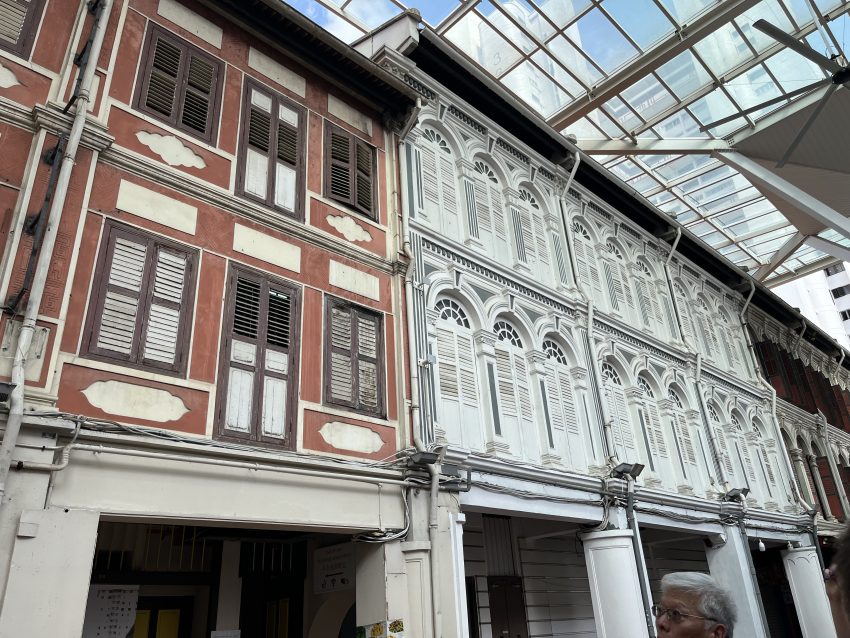During these past few days in Singapore, I’ve managed to learn a lot more about Singapore’s unknown history. Granted that I did do a pre-departure essay about a part of Singapore’s history (in terms of its economic development), seeing this topic take shape into actual buildings and historical monuments is something I quickly became enamored with. I loved learning about the HDB buildings in Singapore’s Chinatown, where they were developed from small shophouses into efficient, massive, and cost-effective buildings for the large and growing population. Seeing them side-by-side also allowed me to understand the physical differences very closely, and even then, some of these shophouses still exist and are in use today!
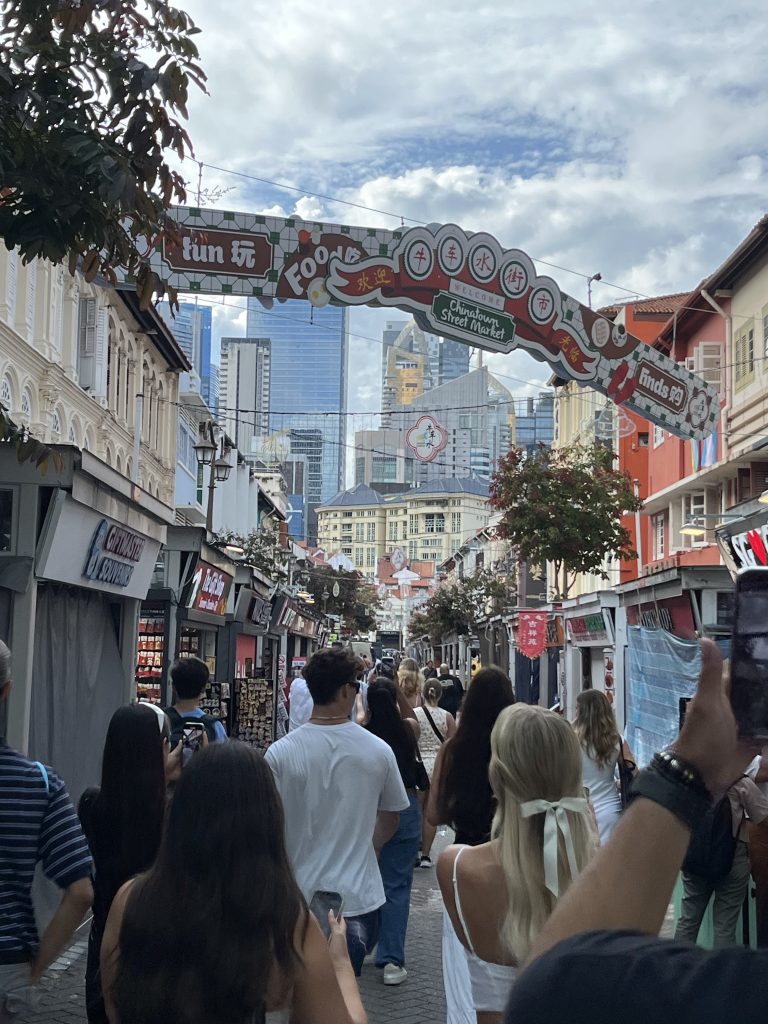
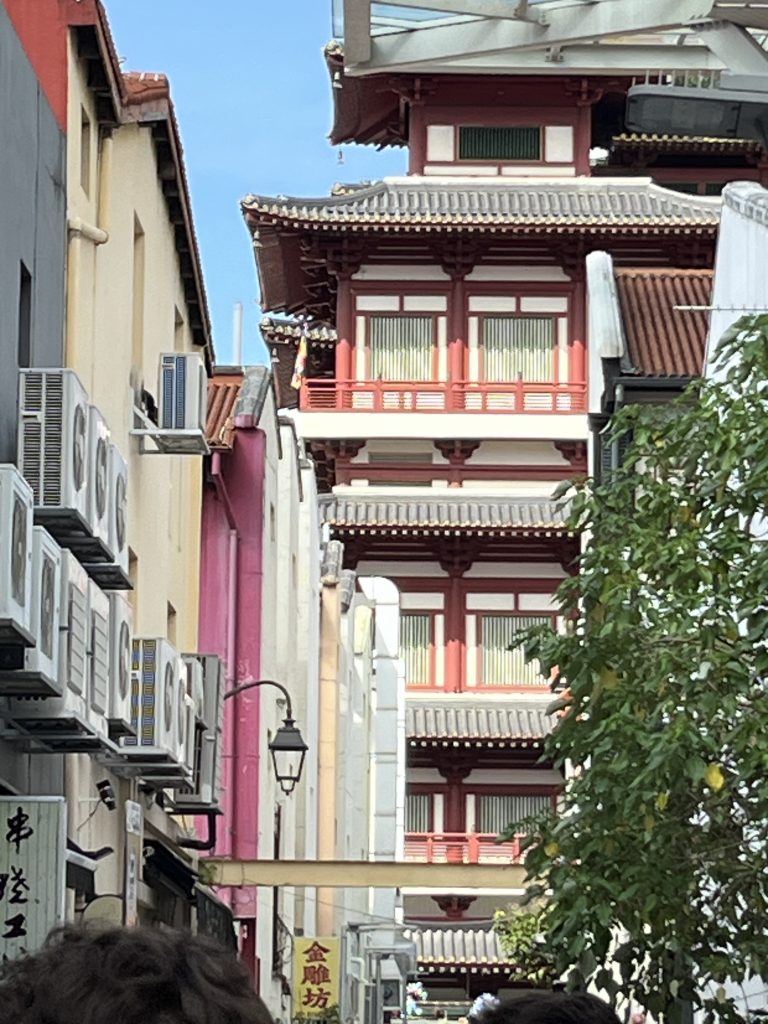
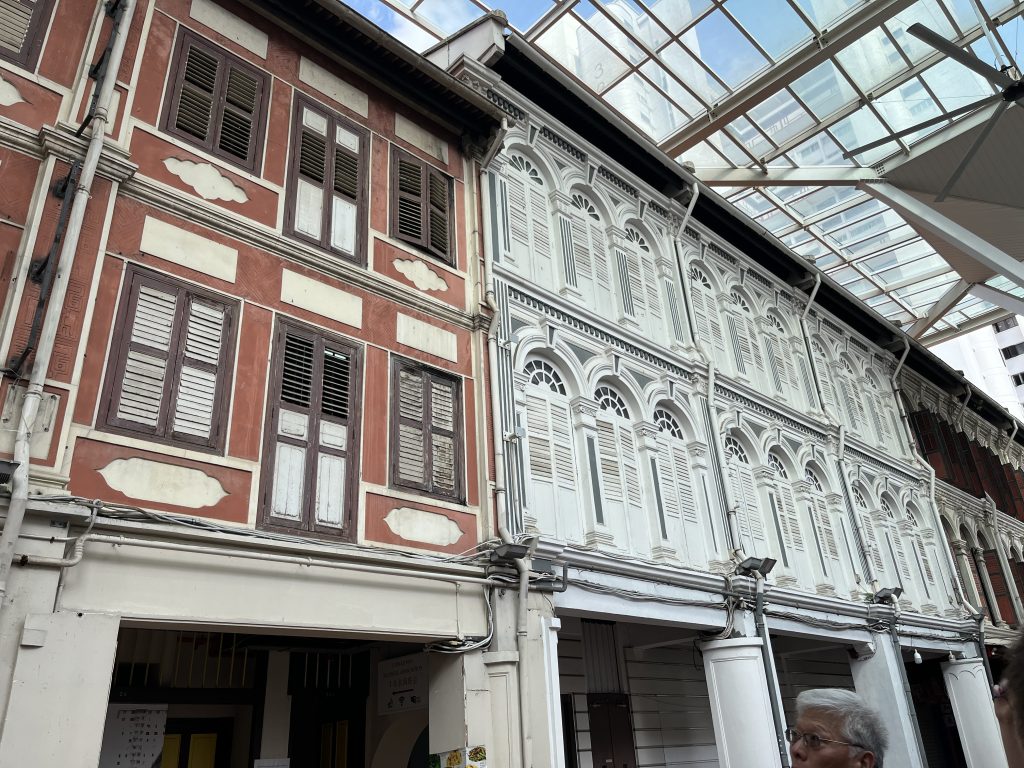
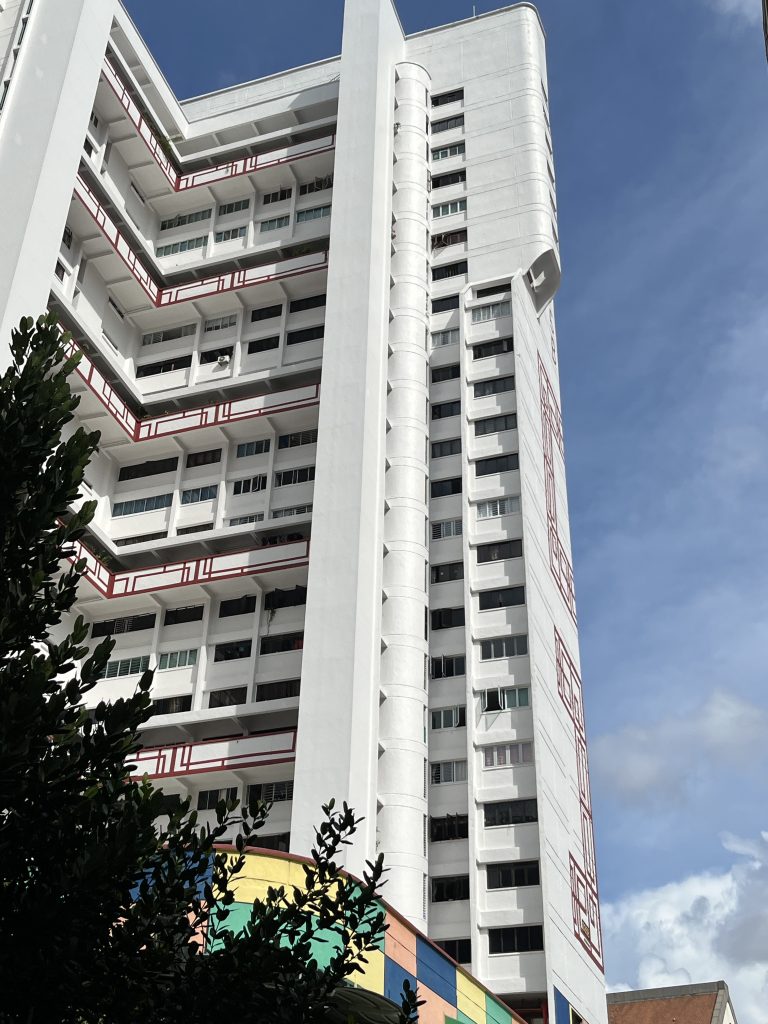
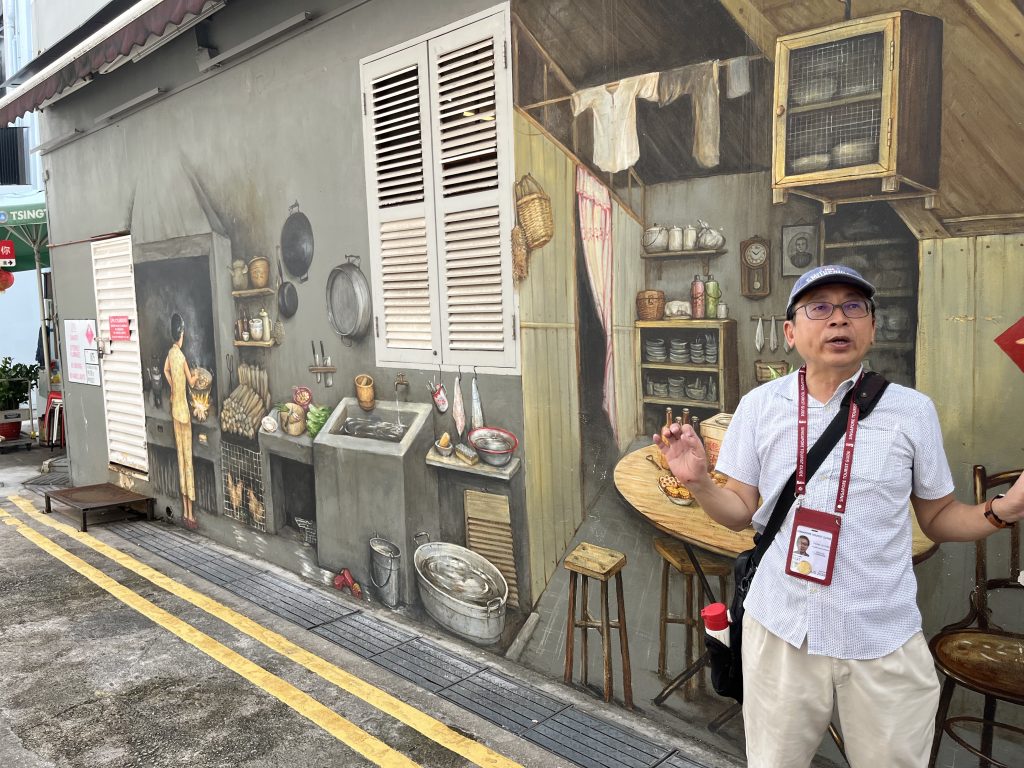
The visit to the museum was also very insightful, and I learned that Singapore developed from a small fishing town before its occupation by the British Empire. Additionally, important figures such as Stamford Raffles had their portraits hanging throughout the exhibition, allowing me and other guests to see the various people behind the creation of the port and the booming economy. I saw how important these figures were to Singapore, and how they helped shape the nation during the war against the Japanese and the poverty of the Great Depression. While this might be my last day in Singapore, I’m very grateful and happy to learn about these important pieces and people of history.
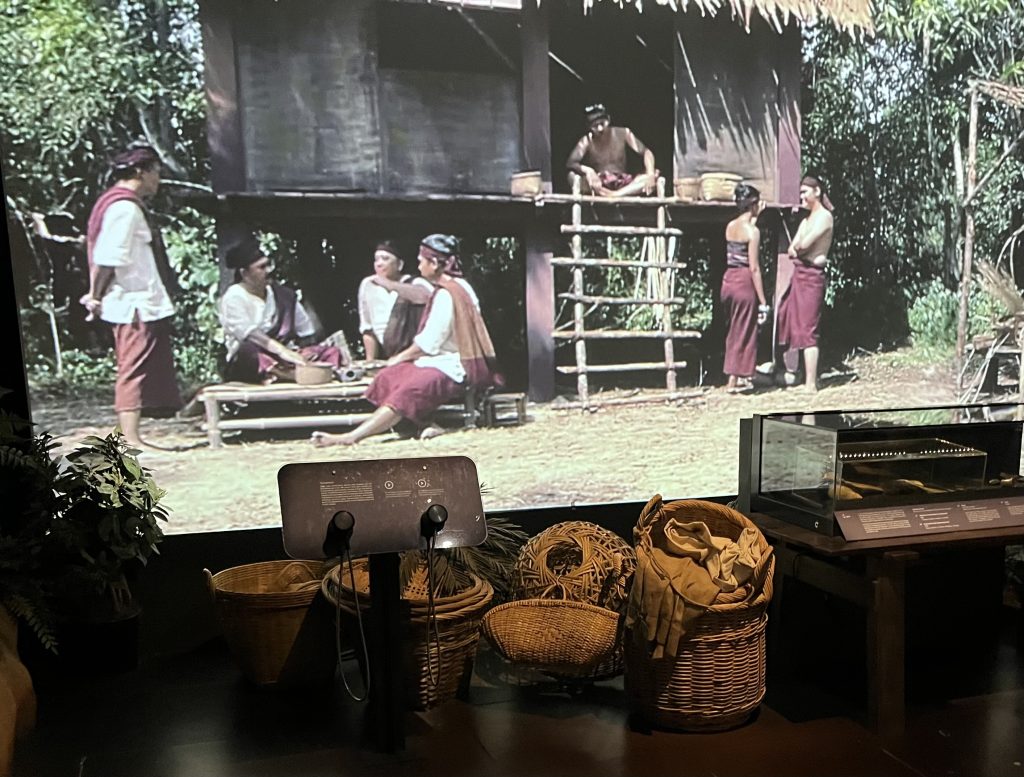
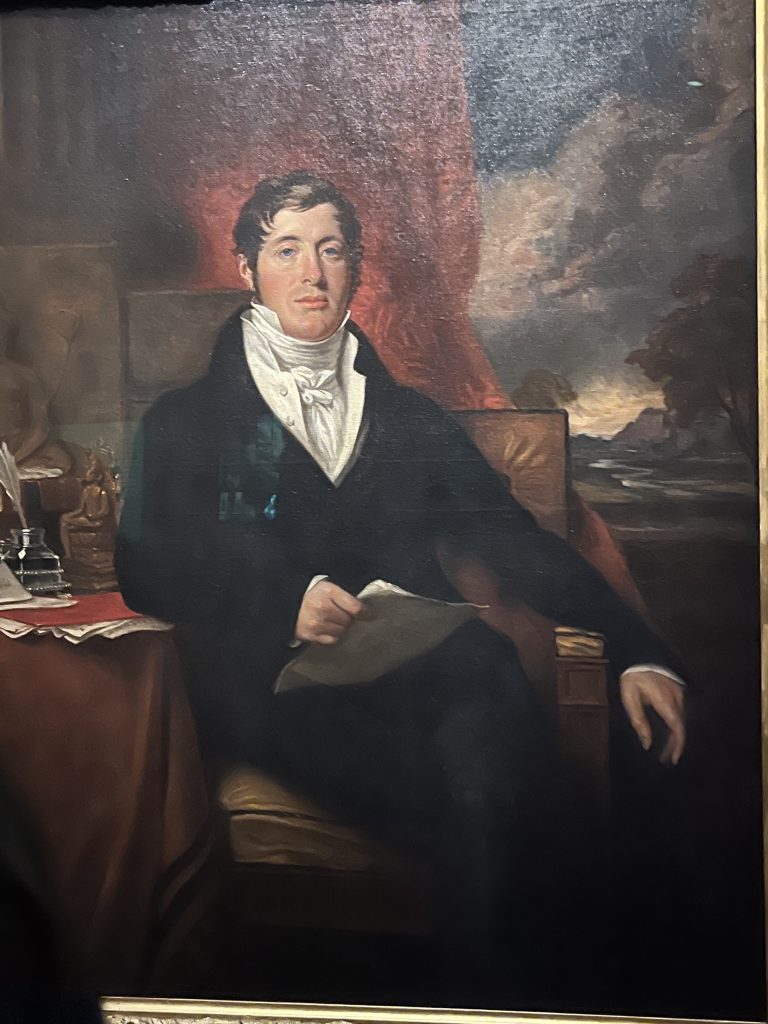
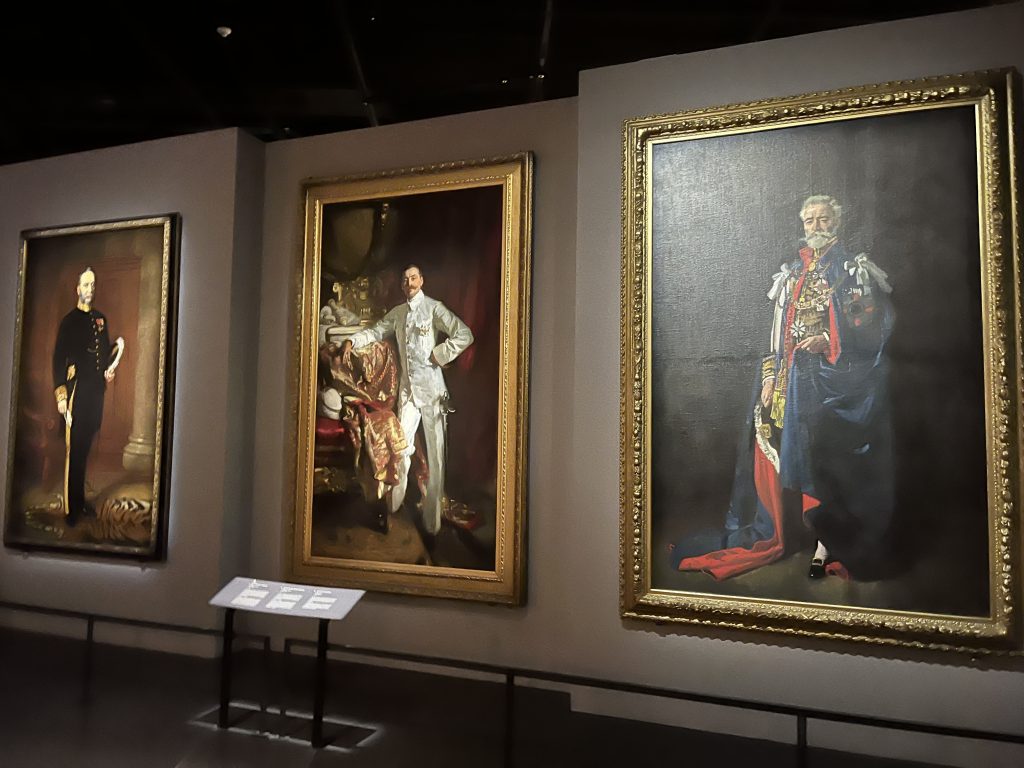
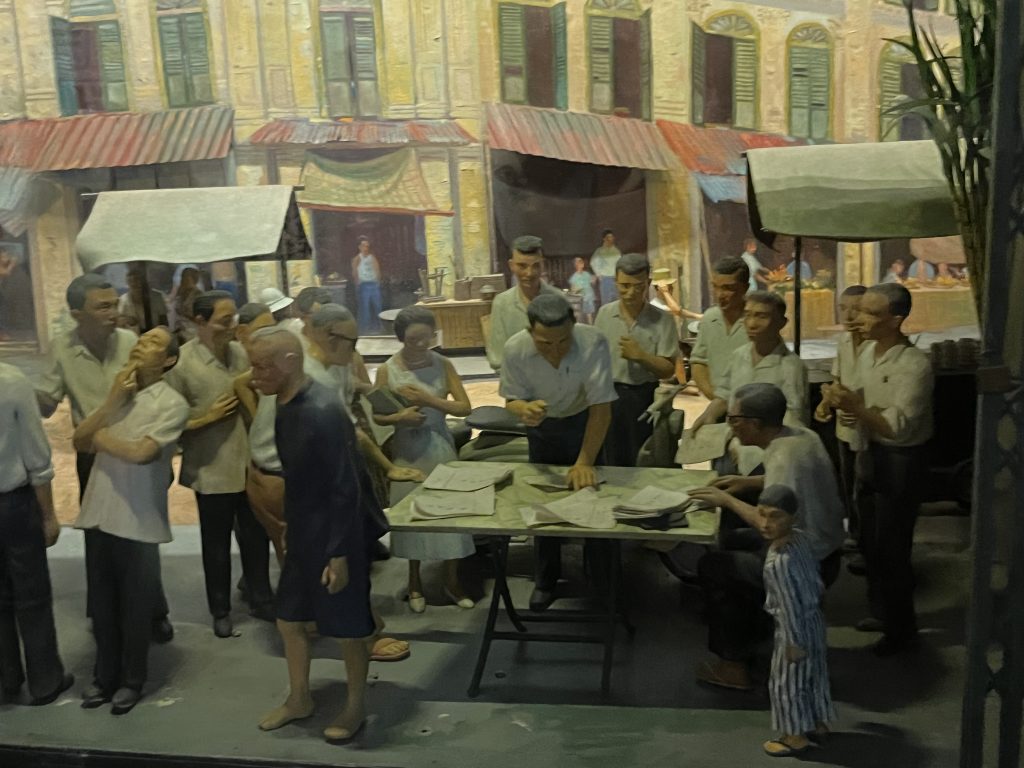
Adding to this then, by learning these facts I understand more about why Singapore’s culture is the way it is today. With an earlier emphasis on providing for the people and keeping them safe, many of Singapore’s current citizens behave with great empathy and care for their neighbors and environment. This also explains the cleanliness I mentioned in my first blog post, which is done to not only be respectful to others but to be responsible for one’s self. This impacts my continued engagement with my host country, by making me feel assured that there is a good reason and history behind certain behaviors and attitudes in Singapore.

